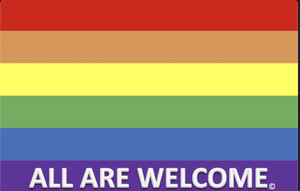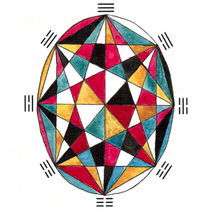That said, for some people, setting up a creative space is actually an important part of self-expression catalyzing inspiration. Putting effort into the space you create in can help support your creative process and give you a setting that is a creation in itself. A bird could lay eggs in any old spot, but instead they spend time and effort creating a beautiful and safe space for their babies to be born.
Every bird's nest is different. How will you design yours?
Finding your vision
|
What drew you to set up an area specifically for creating? Whether you are creating a crafting corner or a professional art studio, the best place to start is by identifying the core purpose in your vision. What do you want to use this space for? What is your intention? Maybe your corner is expressly for knitting. Perhaps you like to draw and also are interested in trying new art media. Maybe it's a music and poetry room.
Or you might have no clue what you want to create, and would like a space to experiment and reacquaint yourself with creating -- that's an intention too. |
Close your eyes and imagine yourself creating. What colors are around you? Is the space cozy and filled with inspirational objects? Or is it wide open and empty, free of clutter? Are there plants? Candles? Collage boards? What kind of materials to you have around you?
If you find yourself feeling stuck in the vision process, I would suggest making a Pinterest board or at least googling some images of creative spaces. If you go through and pin enough images, you may start to notice similar themes coming up. "Ah, I guess I like the idea of a white room with lots of plants!" Or, "I love that kind of paper organization!" Or maybe your board is full of brightly colored rooms. Pinterest can also give you a lot of DIY ideas for organization and style.
Ideally you will be able to identify what you want to use your space for, and have a general idea of the kinds of spaces that make you feel inspired.
Find a Space
Your space could be an entire room, a basement, or a corner. I've had creative corners that were as small as an easel and a stool and not much more. How much space you need will depend on what you are planning to create, and what is available to you. Your space could be as simple as a comfy chair, a bowl of yarn, and a side table, or as elaborate as a large studio with walls of materials, an easel, a drawing table, and a meditation space.
What color do you want your space? You could paint the walls to reflect a certain energy you would like to access while creating. Some colors may seem calming to you, while others may be invigorating.
You will want to consider the lighting in the space as well. I personally prefer natural lighting with some soft incandescent accent lights when I am painting. Some people prefer brighter space for creating and may like a room with bright overhead lights. String lights can bring a magical ambiance to a room.
Getting Materials
Make a list of essential art materials you will need for your chosen media.
- watercolor paint and brushes
- a set of colored pencils
- a set of 12 oil pastels
- a set of 12 chalk pastels
- a package of sculpey
- a few dark ink pens
- graphite drawing pencils
- drawing paper
- watercolor paper
- some magazines (for collage)
- construction paper
- white glue
Of course, if you have the means you can also go to your local art supply store and simply pull different materials that inspire you, and just play.
Organization
Inspiration
Here are a few ideas to consider adding to your space:
- Plants -- Add something living to your space. Make sure this is something you can commit to taking care of, as there's nothing that kills creativity more than a dead plant. Succulents and other low-commitment plants may be a good option. Even fake plants may work for you!
- Color -- Make your art space into a piece of art! Paint the walls a color that makes you feel inspired. Add a bright rug or pillows. Maybe some red curtains or a brightly colored doorknob.
- Images -- Add past artworks to your walls, Put up a cork board with different images that inspire you. Tack up pictures of people or places that evoke emotion and make you want to create!
- Quotes -- Some people are very motivated by quotes and affirmations. Find some that inspire you and consider placing them on walls, on jars, on a table...anywhere in sight where you can notice them and feel inspired.
- Creative Altar -- You may be inclined to contain your inspiration into a creative altar where you can place candles, gems, meaningful items or images, and seasonal/natural items (flowers, leaves, shells etc) and have them all in one place for you to look at and interact with. This can look however you would like! Have fun! You may even decide to make some of your own rituals around art-making... lighting sage or incense, putting on a creative music playlist, setting an intention by your creative altar, etc.
Get Creating!
After you have your space set up, If you are having trouble getting started creating, check out the Intentional Creativity Blog Series
Interested in Art Therapy? Contact art therapist Sarah Klein for a complementary 30-minute consultation.
|
-Sarah Klein, MA, LPC
Art Therapist and Co-Owner at Open Mind Holistics Learn more about Sarah in this blog post, or on her bio page. |
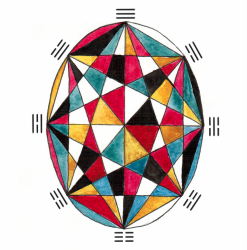
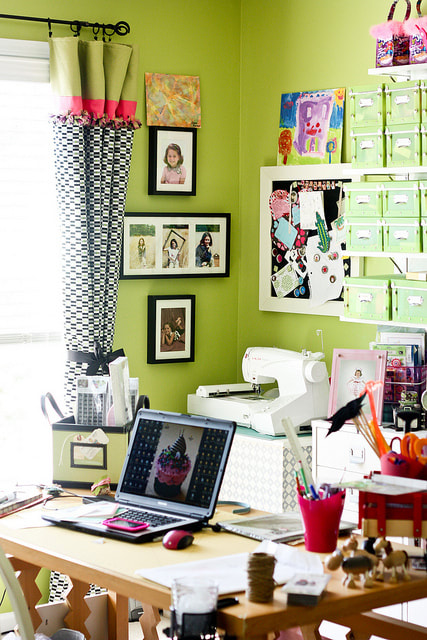
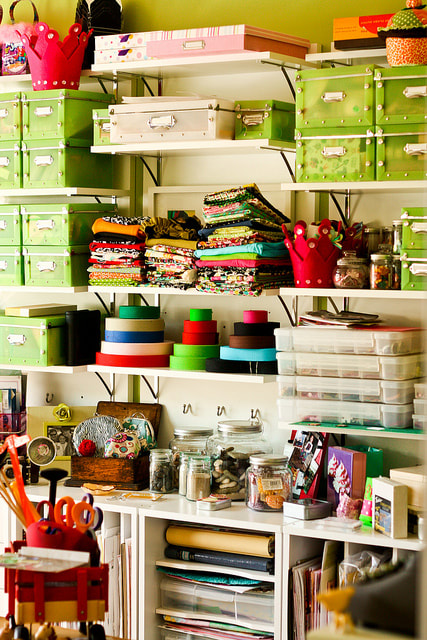
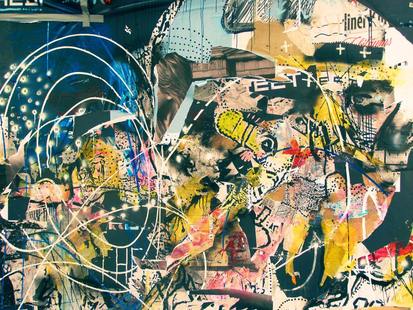
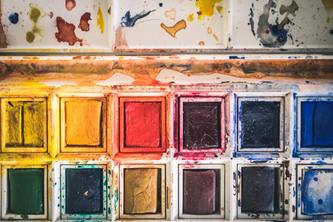
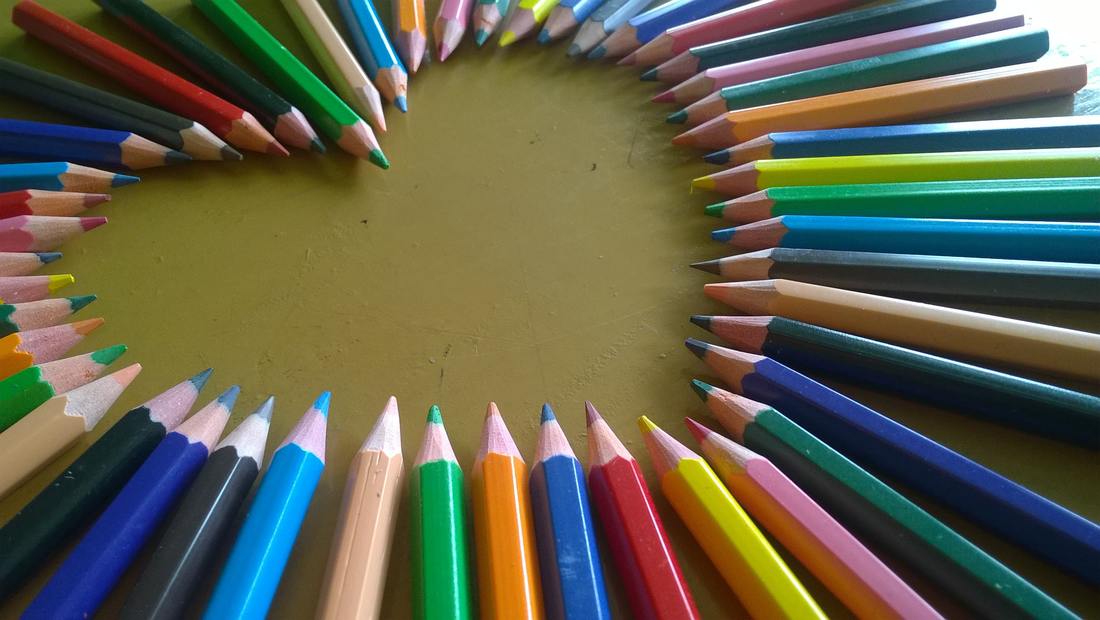
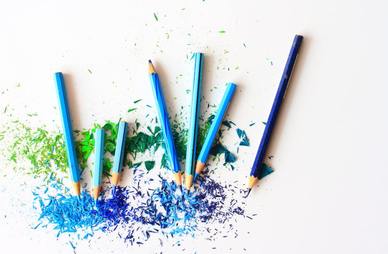
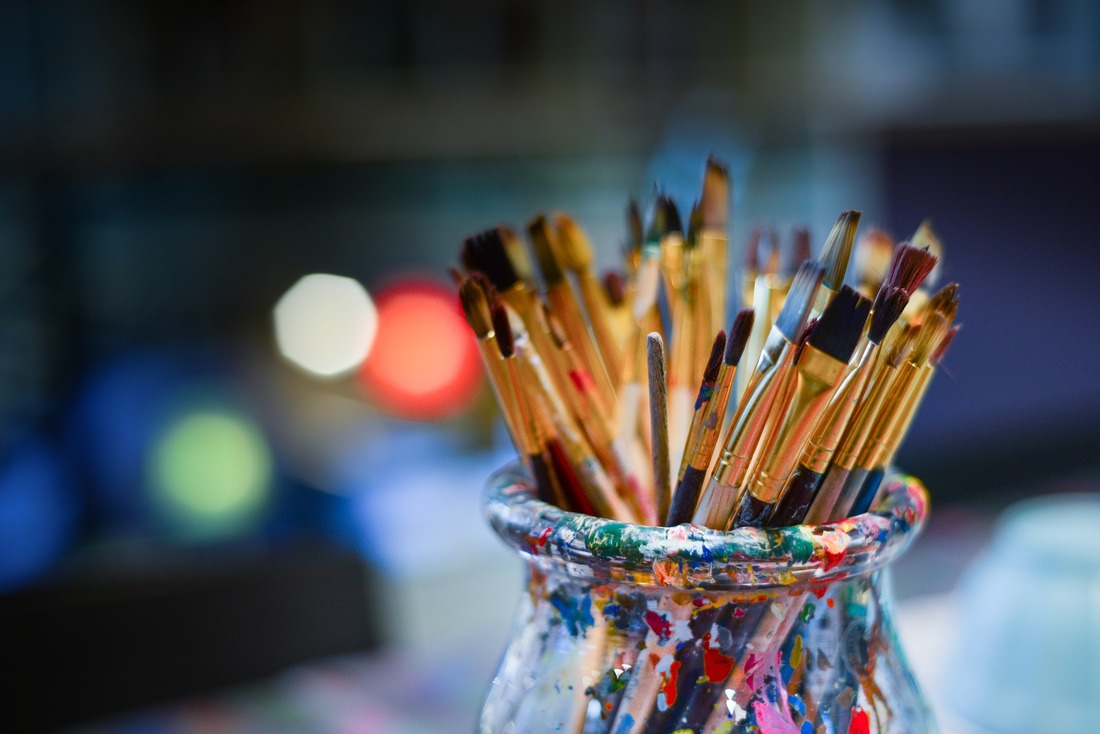
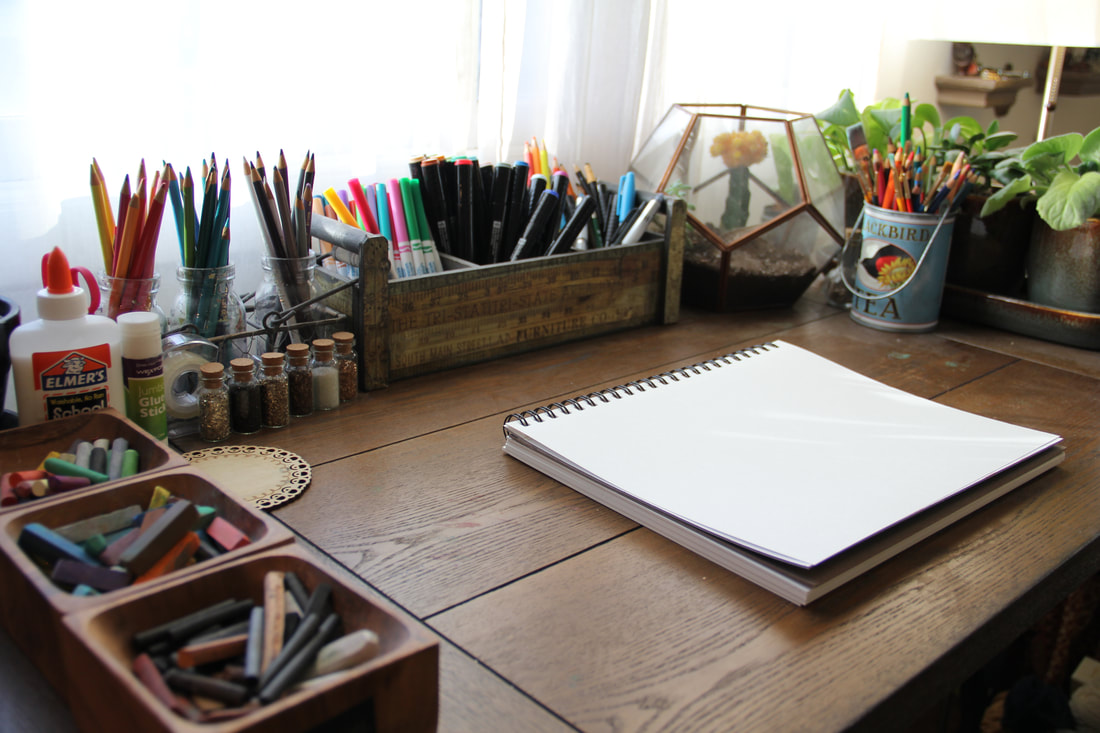
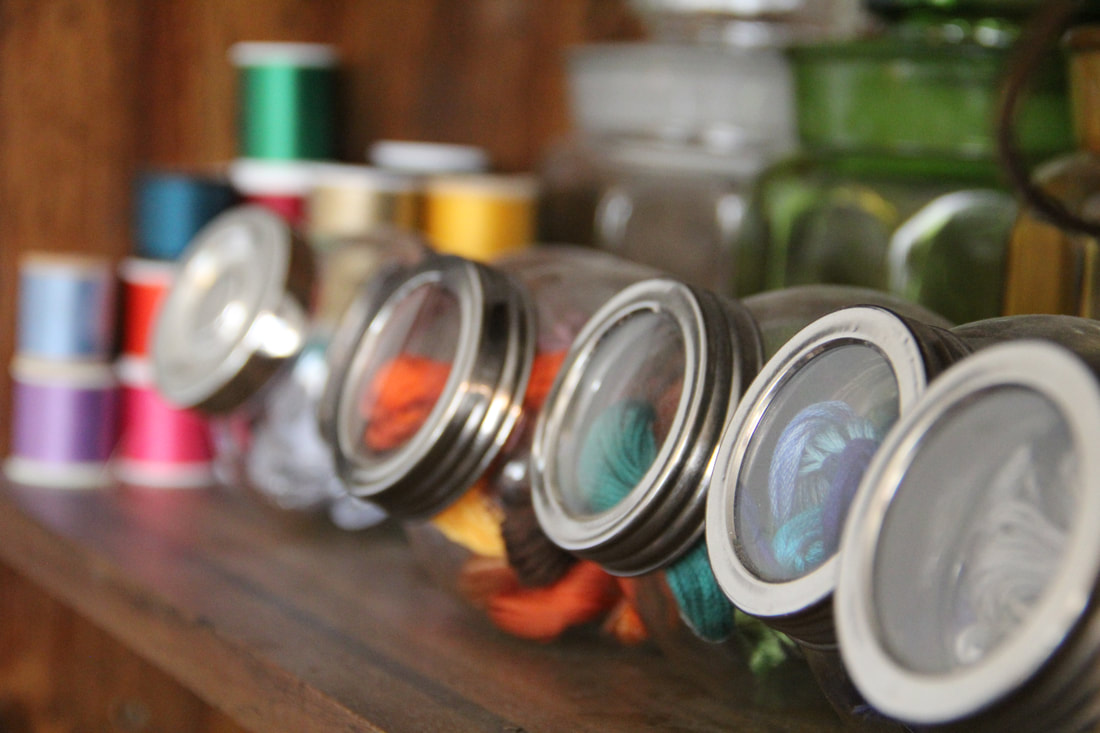
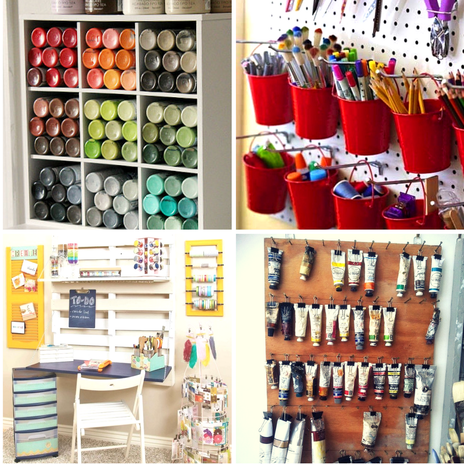
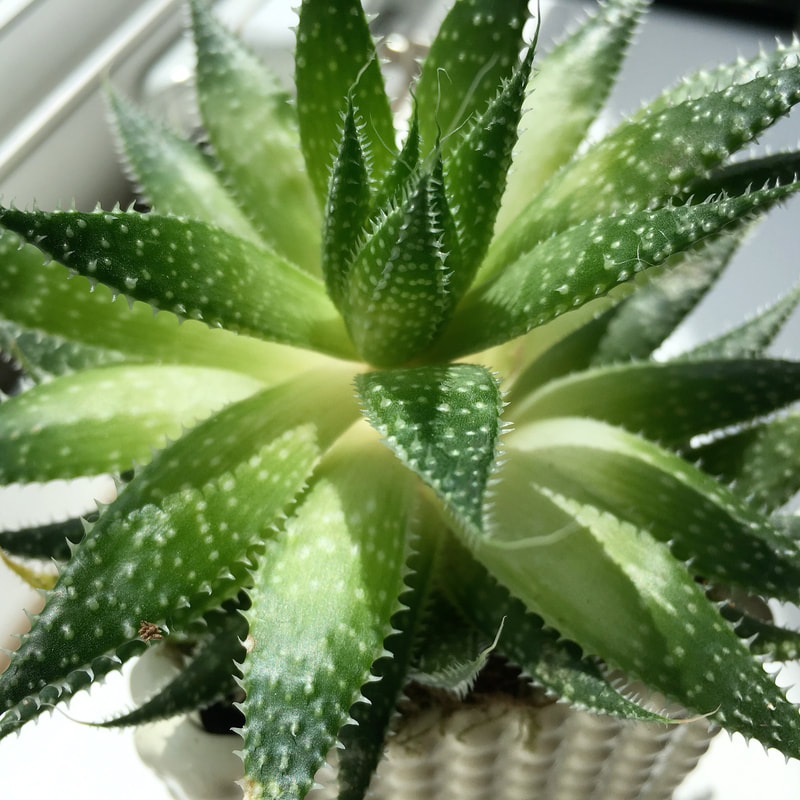
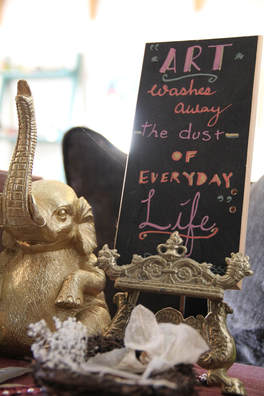
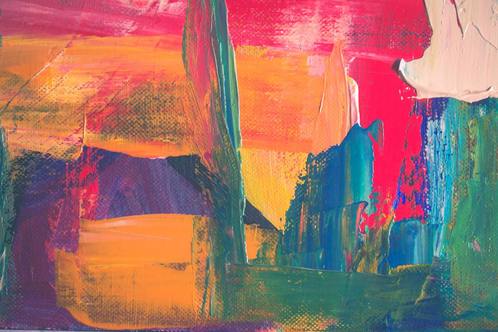


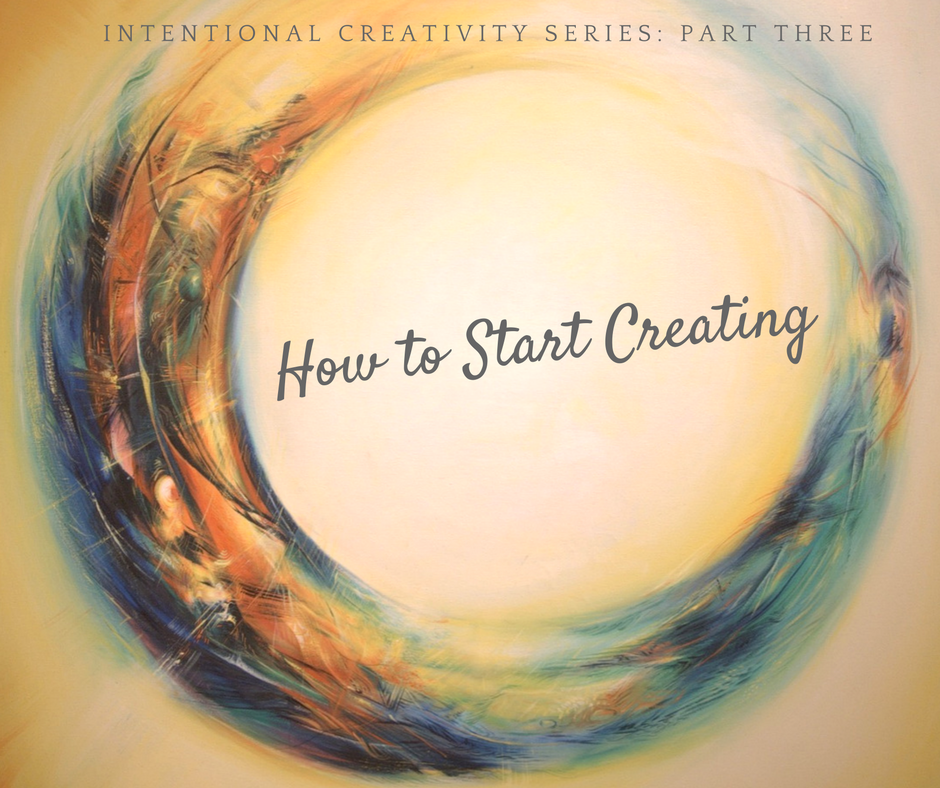

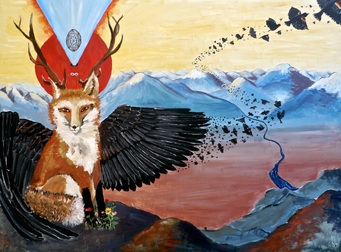

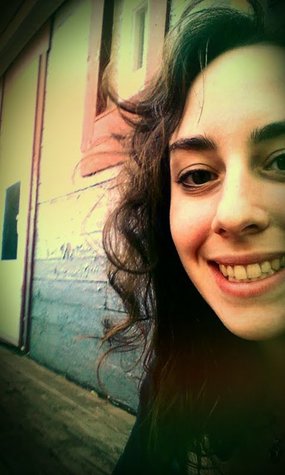
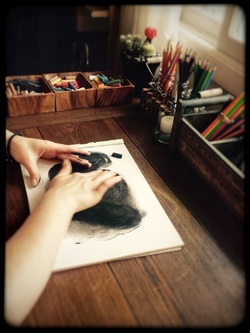
 RSS Feed
RSS Feed

